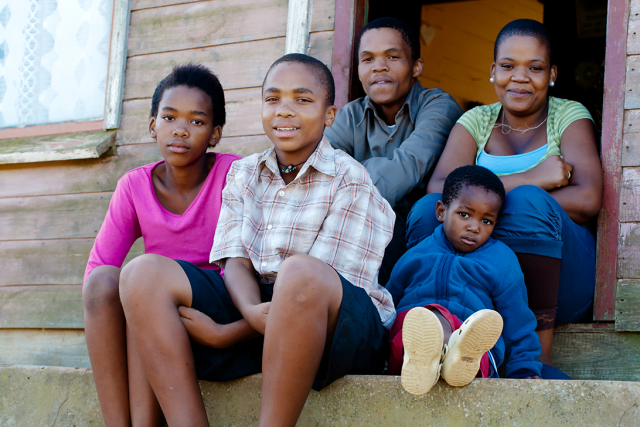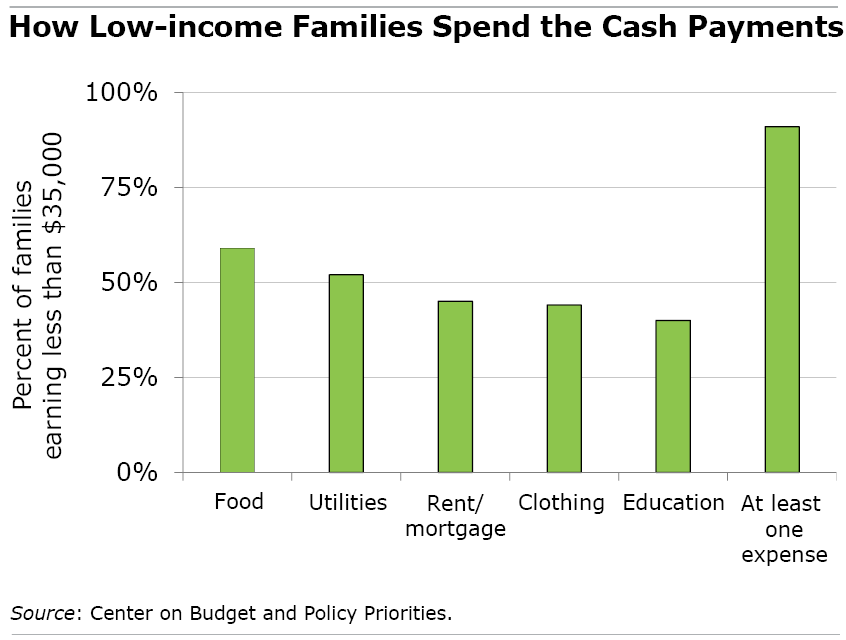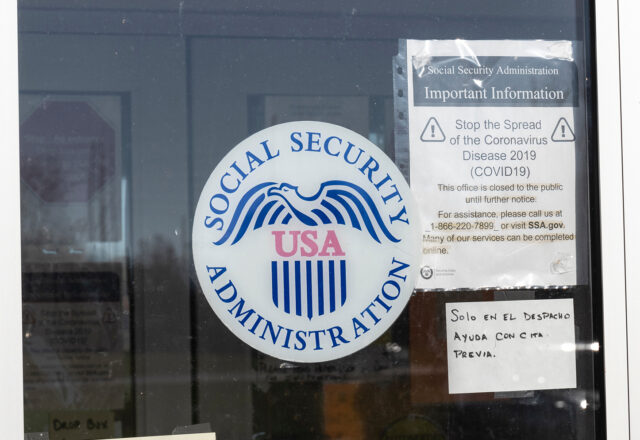
Low-income Spend Tax Credit on Food, Rent
The fate of the recent expansion of the federal child tax credit is uncertain in the ongoing budget negotiations in Congress. What is clear is that poor and low-income families are putting the increased assistance to good use.
 Nine out of 10 families earning less than $35,000 are spending the money on one or more essential living expenses, which include food, utilities, housing, clothing or education needs like books and after-school programs, according to an analysis of U.S. Census data by the Center on Budget and Policy Priorities.
Nine out of 10 families earning less than $35,000 are spending the money on one or more essential living expenses, which include food, utilities, housing, clothing or education needs like books and after-school programs, according to an analysis of U.S. Census data by the Center on Budget and Policy Priorities.
The American Rescue Plan passed in March temporarily increased the credit from $2,000 to $3,600 per year per child for kids under age 6 and to $3,000 for older kids and teenagers. In another temporary provision in the legislation, the IRS sends the credit to families every month in the form of a monthly payment.
The child tax credit is also now fully refundable, which means that low-income people are eligible for the full credit even if they pay little or no income taxes. If the budget negotiations make this a permanent feature of the credit, the IRS would extend the federal assistance to 27 million more children in low-income families.
Unfortunately, the center estimates, there are some 4 million children in families with very low incomes that aren’t receiving the monthly payments, either because they didn’t file taxes in 2019 and 2020 or didn’t receive an economic relief check from the federal government. The IRS has created an online tool for parents to sign up and start receiving the credit.
The Center on Budget and Policy Priorities asked the people it surveyed about their specific uses for the monthly cash payments. Six out of 10 families earning under $35,000 said they are spending the money on food. About half are paying their utilities or housing expenses. Even the non-essential expenses seem like good uses for the extra funds, including car payments, childcare, and paying down debt.
Higher-income families also buy necessities with the extra cash. But low-income families struggle more to pay for their basic living expenses, and the center said they are using more of the money from the tax credit to pay for them.
Read more blog posts in our ongoing coverage of COVID-19.
Squared Away writer Kim Blanton invites you to follow us on Twitter @SquaredAwayBC. To stay current on our blog, please join our free email list. You’ll receive just one email each week – with links to the two new posts for that week – when you sign up here. This blog is supported by the Center for Retirement Research at Boston College.






